|
|
Thomas de Hartmann (Composer, Arranger) |
|
Born: September 21, 1885 - Khoruzhivka, Russian Empire (now: Sumy Oblast, Ukraine)
Died: March 28, 1956 - New York City, New York, USA |
|
The Russian composer, Thomas Alexandrovich de Hartmann, studied piano with Anna Yesipova (Essipova), the second wife and former student of Theodor Leschetizky at the St. Petersburg Conservatory. . He studied musical composition with three of the greatest Russian composers of the 19th century: Nikolai Rimsky-Korsakov, Anton Arensky and Sergei Taneyev. He received his diploma from the St. Petersburg Conservatory at the age of 18. Most of de Hartmann's compositions were for voice and piano. In 1907, his ballet The Pink Flower, produced by Sergei Diaghilev with Vaslav Nijinsky and Tamara Karsavina in the cast, was presented at the Imperial Opera. The Tsar was so impressed that he himself granted de Hartmann exemption from military duty so that he might study conducting in Munich. De Hartmann studied conducting in Munich with Felix Mottl before World War I. He was a graduate of the Imperial Conservatory of Music.
In Munich, Thomas de Hartmann met the artist, former Sufi student and later stage impresario, Alexander de Salzmann; they were both friends of Rainer Maria Rilke and Wassily Kandinsky. Later, in Russia, after the beginning of World War I, de Hartmann would introduce de Salzmann to George Gurdjieff. Thomas married Olga Arkadievna de Schumacher, a celebrated opera singer; her father was a high official in tsarist Russia. Thomas was the nephew of Eduard von Hartmann, the author of Philosophy of the Unconscious, a book published in Germany in 1869 but well known in America and England.
After the Revolution, Thomas de Hartmann went to Caucasus, Taught at the Tiflis Conservatory (1919); then went to Paris, where he remained until 1951, when he settled in New York City. |
|
Association with Gurdjieff |
|
Thomas de Hartmann was already an acclaimed composer in Russia when he first met George Gurdjieff. in 1916 in St. Petersburg. From 1917 to 1929 he was a pupil and confidant of Gurdjieff. During that time, at Gurdjieff's Institute for the Harmonious Development of Man near Paris, de Hartmann transcribed and co-wrote much of the music that Gurdjieff collected and used for his movements exercises De Hartmann wrote Our Life with Mr. Gurdjieff together with his wife Olga de Hartmann, who was Gurdjieff's personal secretary for many years. He died on March 28, 1956, in New York City After her husband's death, Olga collected many of Gurdjieff's early talks in the book Views from the Real World (1973). Olga died in Santa Fe, New Mexico in 1979. Both are buried at the Princeton Cemetery, Princeton, New Jersey. |
|
Music |
|
Thomas de Hartmann's early music is in the Russian national style, influenced particularly by Mussorgsky. From about 1925, he made a radical change in his style of composition, adopting many devices of outspoken modernism.
Thomas de Hartmann's four-act ballet La Fleurette Rouge was performed in 1906. Vaslav Nijinsky, Anna Pavlova, and Michel Fokine were principal roles in performances at the Imperial opera houses of Moscow and St. Petersburg. He composed the music for Wassily Kandinsky's The Yellow Sound. The music he wrote with Gurdjieff was later adapted by Laurence Rosenthal for the 1979 Peter Brook film Meetings with Remarkable Men.
In 1982, the Guggenheim Foundation premiere of Kandinsky's opera Der gelbe Klang was made possible thanks to a complete rearrangement by Gunther Schuller of de Hartmann's hitherto lost work. It is not known whether de Hartmann completed a full score but it is clear why Constantin Stanislavski could not understand the work when de Hartmann proposed it for the Moscow Art Theater in 1914. |
|
Works |
|
Dramatic: Opoera:
Esther (not performed)
Ballets:
The Little Crimson Flower (St Petersburg, December 16, 1907)
Babette (Nice, March 10, 1935)
Orchestral:
4 symphonies (1915; 1944; 1953; 1955, unfinished)
Cello Concerto (1935; Boston, April 14, 1938)
Piano Concerto (1940; Paris, November 8, 1942)
Harp Concerto (1944)
Violin Concerto (Paris, March 16, 1947)
Flute Concerto (Paris, September 27, 1950)
12 Russian Fairy Tales (Houston, April 16, 1955)
Chamber:
Violin Sontata (1937)
Cello Sonata (1942)
Trio for flute, violin & piano (1946)
Piano pieces
Vocal:
3 song cycles to words by Verlaine, Proust, and James Joyce
Other songs
Other:
Music to Kandinskyís The Yellow Sound (arranged by Gunther Schuller; New York, February 9, 1982) |
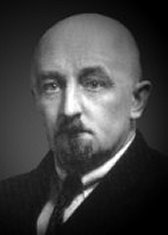
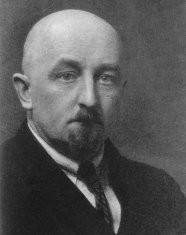
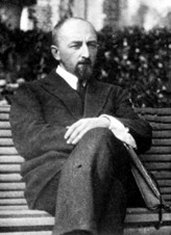
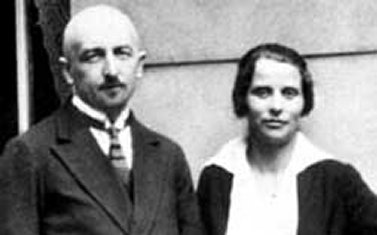 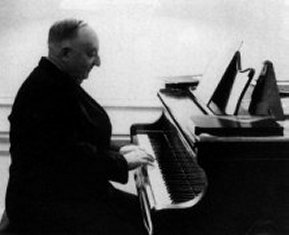 |
|
Source: Bakerís Biographical Dictionary of 20th Century Classical Musicians (1997); Wikipedia Website (February 2013)
Contributed by Aryeh Oron (June 2013) |
|
Thomas de Hartmann : Short Biography | Arrangements/Transcriptions: Works | Recordings |
|
Links to other Sites |
|
Thomas de Hartmann (Wikipedia)
Thomas de Hartmann papers at Yale University Music Library |
Thomas de Hartmann: - A Composerís Life, byBy John Mangan (Gurdjieff International Review) |
|
Bibliography |
| |
|
|